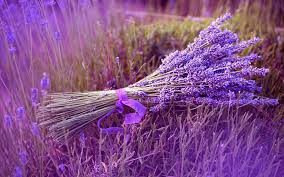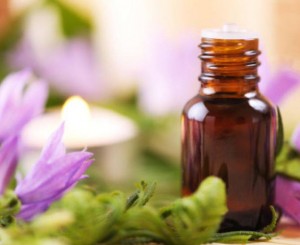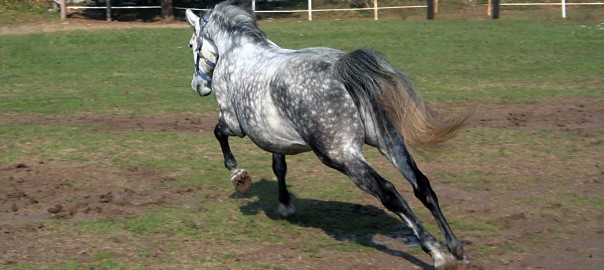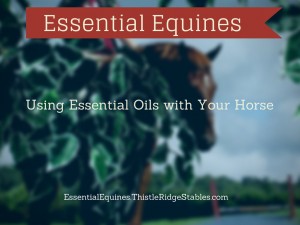
Alternative therapies are becoming popular. They have been around for years and can be traced back approximately 5000 years. There were no doctors and high end pharmaceuticals. Back then essential oils were extracted from aromatic plants and infusing medicinal herbs into different products.
Knowledge of which herb to use for which issue was passed on from one person to another. This base was used for more discoveries and document additional uses for essential oils.
To Your Good Health
We are all concerned with the health of ourselves and our companion animals. Traditional mainstream medicine has been geared for emergency care and drug prescription plans and less about regular health medicine. Today, many individuals place a high premium on health and well-being. The cost of traditional or conventional medicine such as surgery and medicare, however, has made a high number of people turn to aromatherapy, or essential oils therapy, and other forms of alternative medicine.
Essential Oil Basics

– Facilitates an equilibrium of physical, mental and spiritual health through natural means
– In some cases, these alternative treatments are now considered as strong and effective complements to regular medicine
– The main component of aromatherapy is essential oils
– Essential Oils are highly concentrated essences known for their healing effects
What are Essential Oils?
Essential oils are made from the roots, bark, leaves, flowers and fruit of plants. Experts agree the extraction process can be time-consuming, complex and require much patience. Recognition and acceptance of these factors is important. It is also important the plants are harvested at the correct time of the year and even, in some cases, the perfect time of day. An option is the less-expensive synthetic oils, although they do not offer the healing properties of their natural counterparts.
How It Works
Essential oils work by stimulating the olfactory system and later the brain or limbic system. The fragrance, other properties and effects of the oil determine how these body systems and their parts are stimulated. During a massage, these oils are inhaled and absorbed by the body at the same time, penetrating the skin and eventually reaching the organs and body systems. The absorption can be as short as 20 minutes and possibly extend to 2 hours or more, making some experts advise to avoid a shower or bathing immediately after the massage to maximize the desired effect.
Effects Last Days, Not Hours
The longevity of a fragrance also varies from 3-24 hours to 2-3 days and even longer to about a week. Eucalyptus, peppermin, thyme, and bergamot are among oils with a short-lived scent, while the scent of, lavender,lemonbalm, and other oils last between 2-3 days. Jasmine, sandalwood, ginger and cedarwood are among the oils that take as long as one week before completely evaporating.
Achieve A Sense Of Calm
The desired health balance of an individual also requires the creation of a balanced perfume, or a combination of the three types of oils based on longevity. These various combinations or aromatherapy blends can be mixed into a warm bath to relax and calm an individual, eliminate stress and depression, energize and sooth the body or aching part. The healing or calming effect of a massage can be enhanced by applying essential oils. However, this would require the use of carrier oils to prevent irritation or any other negative skin reaction. Some of these carrier oils, which help dilute essential oils, include avocado oil, olive oil, sunflower oil, wheatgerm oil, almond oil, soya oil and hazelnut oil.





